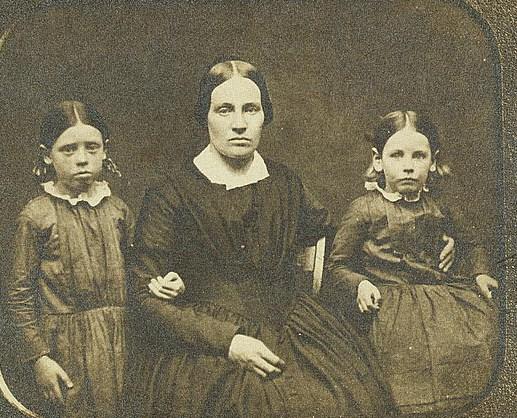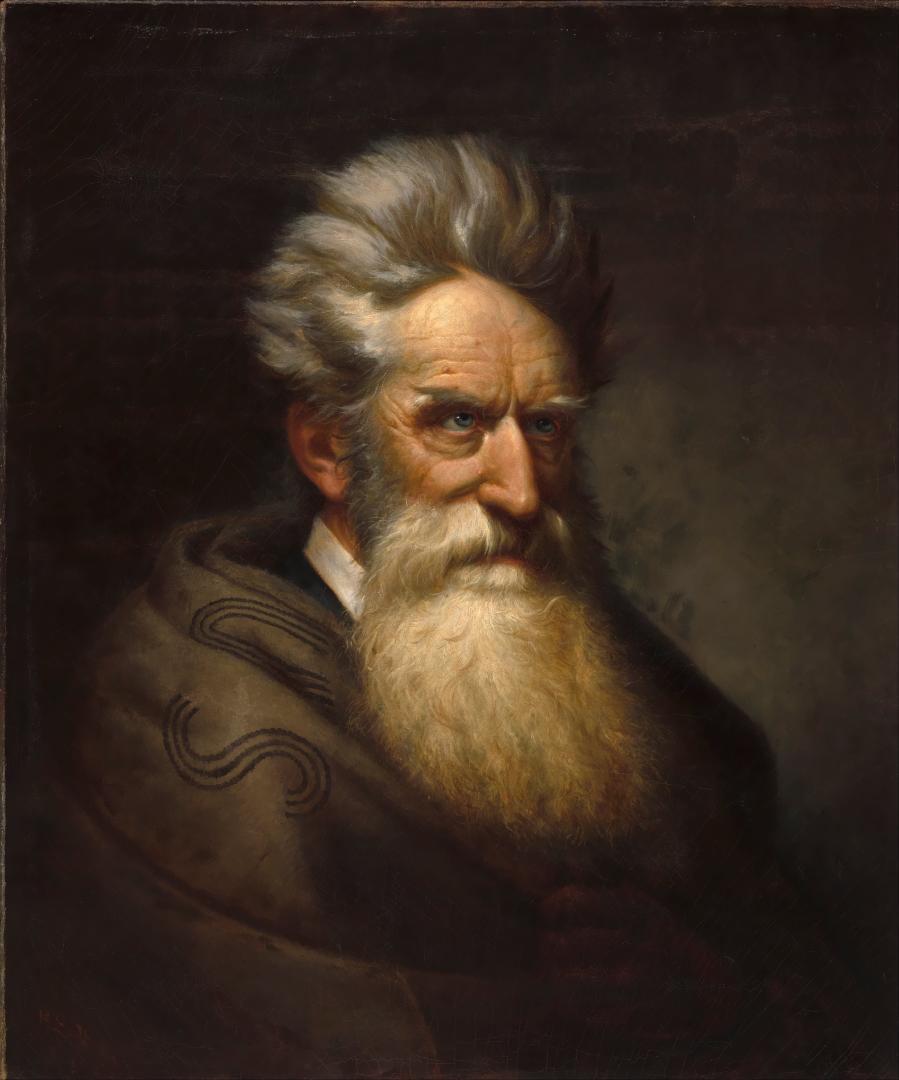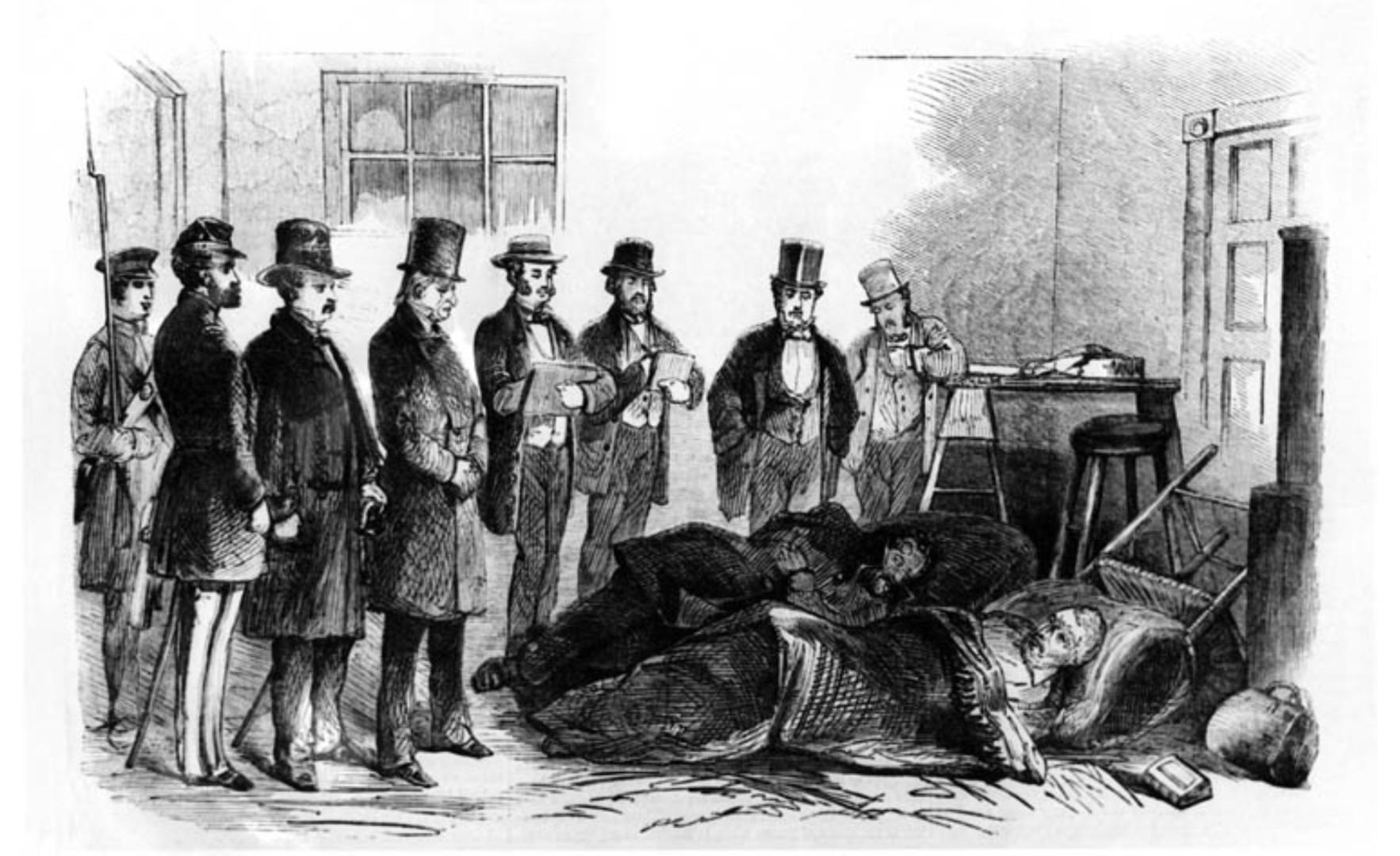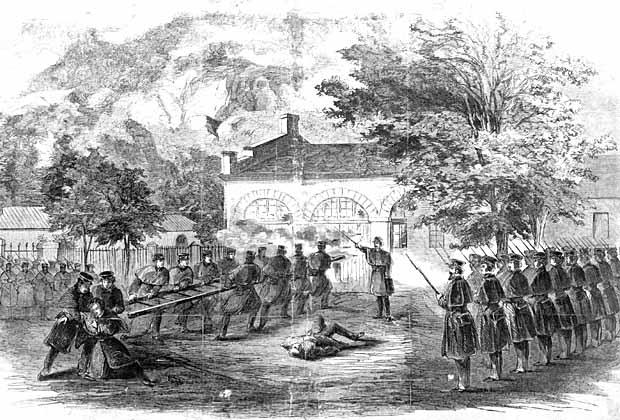.jpg)
1800 - 1859
John Brown
Summary
Name:
Nickname:
Old Brown / Osawatomie BrownYears Active:
1856 - 1859Birth:
May 09, 1800Status:
ExecutedClass:
Mass MurdererVictims:
5+Method:
Shooting / BludgeoningDeath:
December 02, 1859Nationality:
USA.jpg)
1800 - 1859
John Brown
Summary: Mass Murderer
Name:
John BrownNickname:
Old Brown / Osawatomie BrownStatus:
ExecutedVictims:
5+Method:
Shooting / BludgeoningNationality:
USABirth:
May 09, 1800Death:
December 02, 1859Years Active:
1856 - 1859Date Convicted:
November 2, 1859bio
John Brown was born on May 9, 1800, in Torrington, Connecticut, to a deeply religious, anti-slavery family. His father, Owen Brown, was a tannery owner and a fervent abolitionist, whose influence heavily shaped John’s worldview. The family relocated to Hudson, Ohio, where Brown received a modest education and later apprenticed in his father's tannery. He also studied surveying and aimed to become a minister, but health problems derailed that goal.
Brown was a staunch Calvinist who took the Bible literally, especially the Old Testament, and believed that slavery was a sin that must be eradicated through divine justice. By the time he was an adult, he was married with many children (20 in total across two marriages), operating tanneries, farming, and helping escaped slaves through the Underground Railroad. For ten years, his Pennsylvania tannery served as a stop for fleeing enslaved people, and he reportedly helped as many as 2,500 reach safety.

He struggled financially for much of his life, experiencing several bankruptcies and business failures. Still, he remained unwavering in his moral mission. In the 1830s and 1840s, Brown’s views on slavery became more militant. After the 1837 murder of abolitionist editor Elijah Lovejoy, Brown publicly declared that he would dedicate his life to destroying slavery.
Brown moved frequently but maintained deep ties with abolitionist communities across the North, especially in Ohio, Massachusetts, and New York. In Springfield, Massachusetts, he joined the African-American-led Free Church and helped form the League of Gileadites, a militia to protect fugitive slaves from capture.
By 1849, Brown had moved to North Elba, New York, where he farmed land granted to freed Black families by philanthropist Gerrit Smith.

murder story
John Brown’s shift from peaceful abolitionist to militant insurrectionist reached its first violent peak in May 1856, during a period of political chaos and bloodshed in Kansas Territory, known as Bleeding Kansas. This period was marked by fierce conflict between pro-slavery forces from Missouri (called "border ruffians") and anti-slavery settlers fighting to determine whether Kansas would enter the Union as a free or slave state.
In retaliation for the pro-slavery sacking of the abolitionist stronghold of Lawrence, Kansas, on May 21, 1856, and enraged by the brutal beating of abolitionist Senator Charles Sumner in the U.S. Senate chamber, Brown took justice into his own hands. On the night of May 24–25, Brown led a small band of men, including four of his sons and his son-in-law, on a raid along Pottawatomie Creek, near present-day Lane, Kansas. Armed with swords and broadswords, they dragged five pro-slavery settlers from their homes and hacked them to death in the woods. This shocking act of vigilantism became known as the Pottawatomie Massacre. Brown believed these men were active participants in the violent suppression of abolitionists, and justified the killings as a necessary warning.
The massacre ignited a wave of retaliatory violence. Over the next several months, Brown continued to lead anti-slavery militias in armed skirmishes against pro-slavery forces. Notable among these were the Battle of Black Jack (June 2, 1856), where Brown’s forces captured a detachment led by pro-slavery figure Henry Clay Pate, and the Battle of Osawatomie (August 30, 1856), in which Brown attempted to defend the town against a force of 300 Missourians. Though outnumbered, Brown and his men killed at least 20 of the attackers before retreating. His bravery and tactical skill drew national attention and made him a hero to Northern abolitionists—and a villain to the South.
While Brown’s activities in Kansas were brutal, they were relatively localized. His next and most infamous act would bring his name into the national spotlight—and earn him the gallows.
In October 1859, John Brown attempted to launch a full-scale armed insurrection. Backed by a small circle of Northern financiers (nicknamed the “Secret Six”), he planned to seize the federal armory at Harpers Ferry, Virginia, and use its massive stockpile of weapons to arm enslaved people across the South. Brown envisioned a network of liberated zones stretching through the Appalachian Mountains, where formerly enslaved people would be protected and the institution of slavery could be dismantled by force.
On the night of October 16, 1859, Brown led 21 men—both Black and white—into Harpers Ferry. His raiders successfully captured the armory and took several hostages, including Colonel Lewis Washington, a descendant of George Washington. However, Brown’s plan quickly fell apart. Telegraph wires had not been cut in time, and the alarm was raised. Local militia surrounded the town by dawn. Few enslaved people joined the cause, either out of fear or uncertainty.

By October 18, U.S. Marines under the command of Colonel Robert E. Lee and Lieutenant J.E.B. Stuart stormed the engine house where Brown and his surviving men had holed up. Brown was beaten, captured, and taken into custody. The raid left 17 people dead, including 10 of Brown’s raiders, 4 civilians, and 1 U.S. Marine.

Brown was swiftly charged with treason against the Commonwealth of Virginia, conspiracy to incite a slave insurrection, and multiple counts of murder. His trial began in Charles Town, Virginia, on October 26, 1859. Despite being gravely injured and refusing legal counsel at first, Brown delivered eloquent speeches during the proceedings. He was found guilty on November 2, 1859, and sentenced to death.
During his imprisonment, Brown became a symbol—celebrated as a martyr in the North and condemned as a terrorist in the South. He wrote hundreds of letters, gave interviews, and rejected all attempts to rescue him. He believed his death would galvanize the abolitionist cause.
On the morning of December 2, 1859, John Brown was hanged in front of a heavily guarded crowd. Among those watching were Thomas "Stonewall" Jackson and John Wilkes Booth. Brown’s final written words, passed to a guard, would become legendary: “I, John Brown, am now quite certain that the crimes of this guilty land will never be purged away but with blood.”
Brown was buried at his farm in North Elba, New York, beside two of his sons who also died in the raid. In the years that followed.